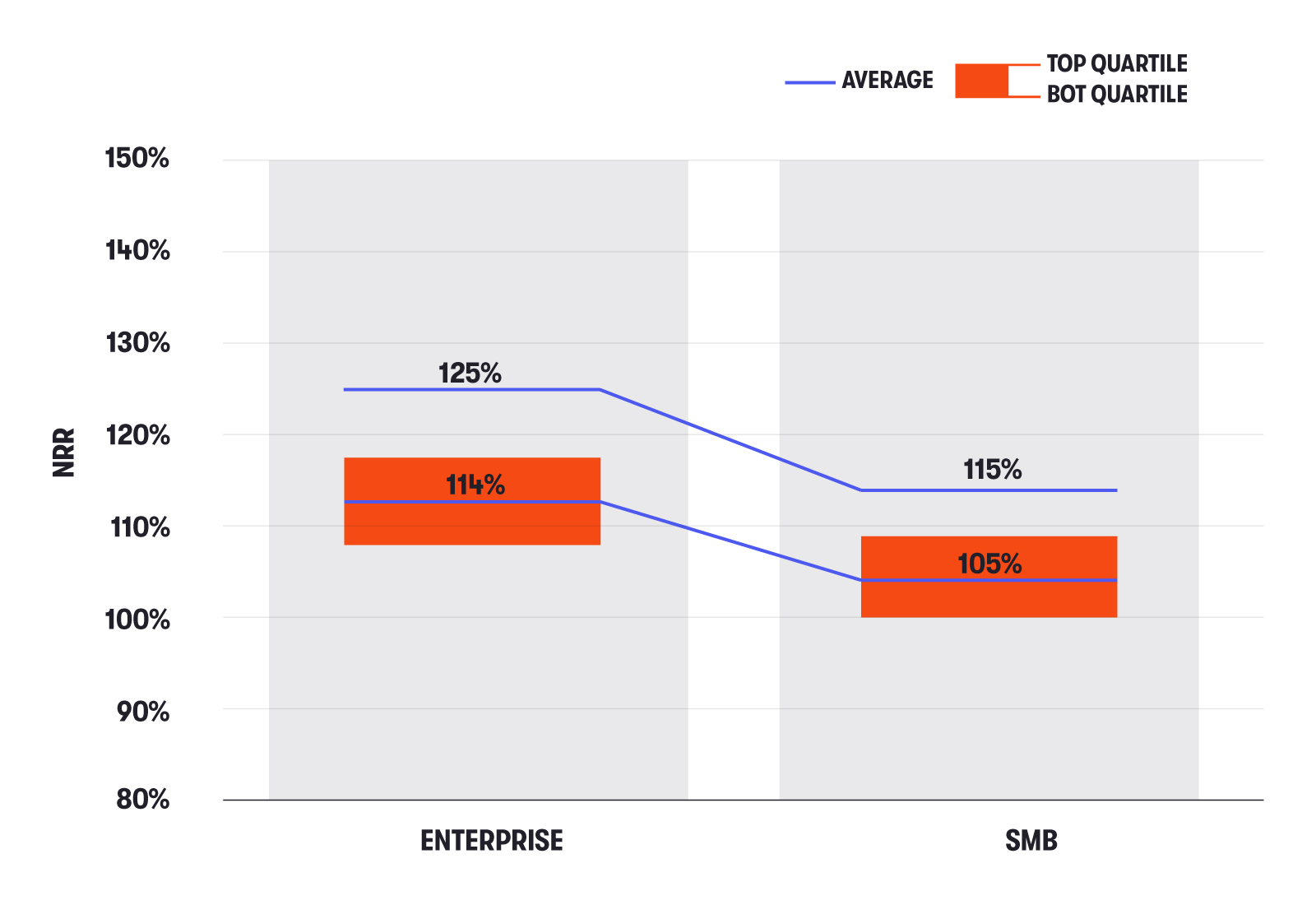Renewing / Expanding The customer success function, its role, and how it collaborates with sales.
The goal of customer success Copy link
The point of customer success is to maximise the value of existing customers. I.e. Copy link
- Keep them happy
- Deployment, adoption, engagement, surveys, quarterly reviews
- Keep them renewing
- Renewal intent, renewal process
- Keep them expanding
- Incidental “fries with your burger” expansion (e.g. editions, users)
- Major expansion (e.g. cross-sell new product or division)
Should customer success exist as a separate function? Copy link
There are arguments on both sides. Copy link
For most SaaS companies, in particular, the answer to whether customer success should exist as a separate function to sales is typically ‘yes.’
However, in reality, the answer comes down to how you define your sales model and, once that model is defined, what the CS role is, relative to sales.
Yes! Copy link
“For us, of the things that were important were, number one, customer success. Nothing is more important to us than making sure every customer is successful in our service.” (We even called our customer success organization, Customers for Life.)Marc Benioff, Salesforce.com
No! Copy link
“We don’t believe companies should have a separate customer success function. The first thing we did when Frank joined Snowflake was we blew up what was the customer success function. You are either going to do support, sales, or professional services. Customer success is not accountable for anything.”Frank Slootman (via Mike Scarapelli), Snowflake
Three types of customer success managers Copy link
The Best Friend Copy link
- Think: “I’m here to help you use the product.”
- Provides advanced technical support
- Technical background
- Will ask how it’s going
- Won’t ask you for money
- Measured on CSAT
The Renewals Clerk Copy link
- Think: “I’m here to collect your renewal next quarter.”
- Manages the contract renewals process
- Finance background
- Will ask you for money
- Won’t ask about expansion
- Measured on churn reduction
The Account Manager Copy link
- Think: “I’m here to maximise your value from the software.”
- Manages an account
- SDR/sales background
- Sees value as driver of renewal
- Will ask* about expansion
- Measured on account growth
*Looking for expansion opportunities is not the same thing as selling them. Depending on your model, CS managers may find opportunities and hand-off to sales. They may handle the opportunities themselves, or they may work with sales in order to sell the opportunity together.
Common sales / customer success interaction models Copy link
Where there are many different models, here is a breakdown of three popular ones.
Measuring the customer success function Copy link
Technical support Copy link
- Cases/agent and post-case CSAT – ideally increasing cases/agent while maintaining 4.5+ out of 5.0 CSAT rating.
- Cases/customer - ideally declining as result of strong deflection and product/documentation improvements.
Professional services Copy link
- Services gross margins – ideally above 0%.
- Post-implementation CSAT of 4+ or 4.5+ depending on difficultly.
Customer success management Copy link
- Churn, gross (before expansion) on either ARR or customer count basis
- Churn, net (after expansion) on an ARR basis
- Net retention rate (NRR) – expansion or shrinkage of year-ago cohort on an ARR basis
To avoid penalising CSMs who take on the most at-risk accounts, measure performance relative to a realistic start-of-year forecast for their accounts.
LTV vs. Net Retention Rate Copy link
There are two different ways of trying to value the installed customer base.
Lifetime value (LTV) = 1/churn * annual contract value
- Average ARR of $50K with 10% churn = $500K LTV
- Often compared to customer acquisition cost (CAC) to contextualise it
- $500K LTV with $100K CAC = 5.0x LTV/CAC ratio
- LTV/CAC benchmarking: good 3.0x, better 5.0x, best 10.0x+
LTV and LTV/CAC analysis have several flaws and increasingly companies are turning to NRR – or as it’s also known, net dollar retention (NDR) – as a superior, cohort-based analysis metric.
NRR, also known as net dollar retention (NDR), is a cohort-based analysis.
- NRR = value of year-ago cohort today / value of year-ago cohort one year ago
- If the year-ago cohort was worth $100K a year ago and is worth $116K today, then NRR is 116%
- NRR benchmarking: good 104%, better 110%, best 120%, epic 150%+
(Epic NRRs are typically achieved only by companies using consumption-based pricing such as Twilio or Snowflake.)
Benchmark: Net Retention Rate* Copy link
LTV / CAC for each percentile Copy link
If the first controversial customer success question is, “should it exist?” the second one is, “if so, should it report into sales?”
Pros of separate customer success organisation
- Focus: sales teams are focused on New ARR, while CS teams are focused on adoption and renewals
- Checks and balances: VP of Success owns a huge number, customer success can call out sales when overselling
Cons of separate customer success organisation Copy link
- Non-collaborative: In separate CS and sales functions, sales teams can be less inclined or incentivised to help customer success on hard renewals, while the CS teams aren’t on hand to drive easy expansions
- Recruiting: top-quality CRO candidates may insist on owning both functions
As a result, most, but certainly not all, companies integrate sales and customer success if and when they hire an overall revenue owner e.g. CRO.
Titles do not tell all: some CROs are focused only on sales
To learn more about renewing / expanding Copy link
- Customer Success by Nick Mehta
- Five Organizational Models of Customer Success by GainSight
- The Three Types of CSM by Dave Kellogg
- Eight Causes of Churn by ProfitWell
- Revops Squared SaaS Benchmarks by Ray Rike
- Churn is Dead, Long Live NDR by Dave Kellogg







